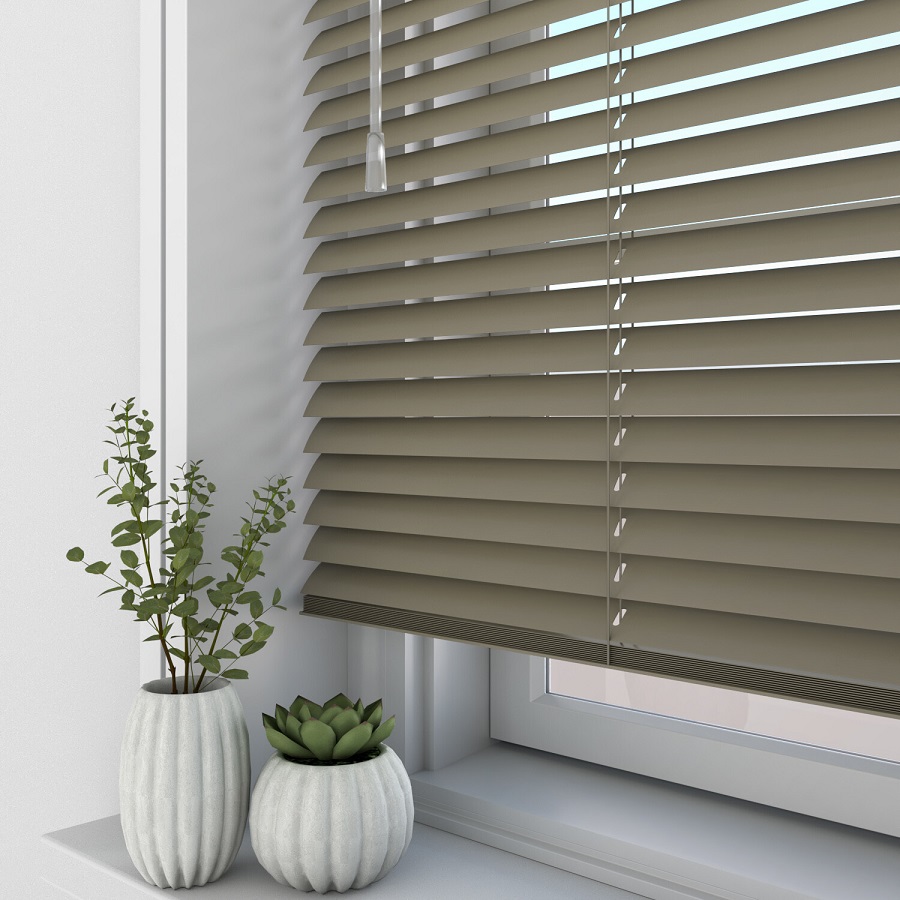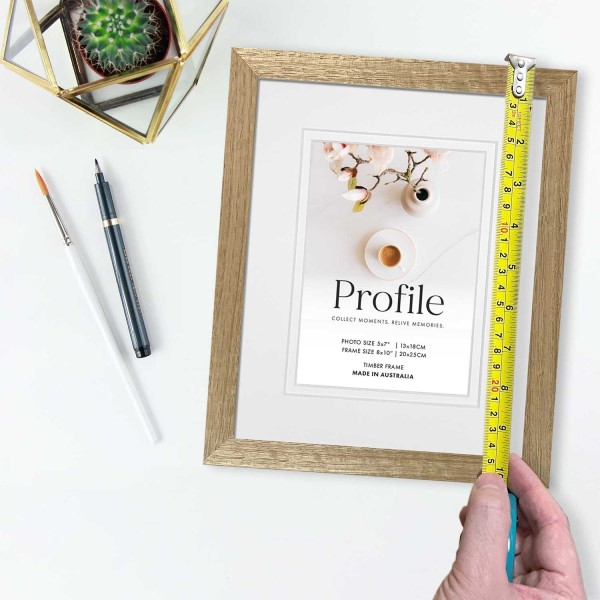Pulling blinds down is a simple task, but it can vary depending on the type of blinds you have. This guide will provide you with a comprehensive approach to ensure you master the process for any kind of blinds.
Understanding Different Types of Blinds
Roller Blinds
Roller blinds are among the most straightforward to operate. They consist of a single piece of fabric that rolls up and down using a chain mechanism or a spring-loaded system. Understanding the specific type of roller blind you have will help in adjusting it properly. Roller blinds usually have a chain on the side or a small knob, and the operation involves pulling or adjusting the chain to roll the fabric up or down. Ensure you handle the chain gently to avoid any damage or malfunction.
Venetian Blinds
Venetian blinds feature horizontal slats that can be adjusted for light control and privacy. They often come with a cord or a wand mechanism. To pull Venetian blinds down, you will need to use the cord or wand to lower the slats. This requires understanding the mechanism to avoid tangled cords or malfunction. The cords usually have a lifting mechanism that you pull to lower the blinds and a tilt mechanism to adjust the angle of the slats.
Vertical Blinds
Vertical blinds consist of vertical slats that can be drawn to the side or rotated to adjust light and privacy. They often come with a chain or a cord system. Pulling vertical blinds down involves understanding how to operate the cord or chain to gather the slats together and then adjust them as needed. The operation is generally straightforward, but it’s important to handle the blinds with care to avoid damage to the slats or the mechanism.

Step-by-Step Guide to Pulling Down Roller Blinds
Identifying the Mechanism
Before you begin, identify whether your roller blinds use a chain mechanism or a spring-loaded system. Chains are usually located on the side of the blinds, while spring-loaded systems might have a small knob or handle.
Pulling Down with a Chain Mechanism
If your roller blinds use a chain, gently pull the chain downwards to lower the blinds. Ensure that you pull the chain steadily to avoid jerking, which might cause the blinds to become uneven or tangled. Continue pulling until the blinds are at the desired height. Be mindful of the chain length and avoid letting it hang loosely, as it can be a tripping hazard.
Adjusting Spring-Loaded Blinds
For spring-loaded roller blinds, pull the bottom of the fabric gently while holding the knob or handle. Release the tension slowly to allow the blinds to descend smoothly. If the blinds have a locking mechanism, ensure it is engaged to keep the blinds in place once you have reached the desired position. Adjust the blinds carefully to avoid any abrupt movements that might damage the mechanism.
Step-by-Step Guide to Pulling Down Venetian Blinds
Using the Cord Mechanism
Venetian blinds with cords require a bit of coordination. First, pull the cord gently downward to release the blinds from their raised position. Make sure you pull the cord at an even pace to ensure that the blinds lower uniformly. Once the blinds are at the desired height, you can use the cord to adjust the angle of the slats for optimal light control and privacy.
Operating the Wand Mechanism
If your Venetian blinds have a wand, turn it in a circular motion to lower the blinds. The wand often controls both the raising and lowering of the blinds, so turning it in the opposite direction will raise them. For precise adjustments, keep the movement steady and avoid sudden jerks. Once the blinds are lowered, use the wand to tilt the slats as needed.
Step-by-Step Guide to Pulling Down Vertical Blinds
Using the Chain Mechanism
Vertical blinds usually come with a chain that you can pull to gather the slats together and lower them. Start by pulling the chain gently towards you to release the blinds from their raised position. Continue pulling until the blinds reach the bottom. Ensure the chain is handled with care to avoid any tangling or damage to the blinds.
Adjusting the Cord System
Some vertical blinds use a cord system to operate. Pull the cord in the direction indicated (often towards you) to lower the blinds. Once they are at the desired height, adjust the slats using the cord to control the amount of light and privacy. Handle the cord gently to ensure smooth operation and avoid any potential damage.

Troubleshooting Common Issues
Uneven Lowering
If your blinds lower unevenly, check for any obstructions or tangled cords. For roller blinds, ensure the chain is not caught on anything. For Venetian blinds, verify that the cord or wand mechanism is functioning properly and that the blinds are aligned correctly.
Stuck Mechanisms
If your blinds are stuck, inspect the mechanism for any signs of damage or obstruction. For roller blinds, ensure the chain or spring mechanism is not jammed. For Venetian and vertical blinds, check the cords and wands for tangles or snags that might prevent smooth operation.
Malfunctioning Parts
In case of malfunctioning parts, such as a broken chain or damaged slats, consider consulting the manufacturer’s instructions or a professional for repairs. Regular maintenance and careful handling can prevent most issues with blinds.
Maintenance Tips for Blinds
Regular Cleaning
Keep your blinds clean by dusting them regularly and washing or vacuuming as needed. For roller and Venetian blinds, use a soft cloth or duster to remove dust. Vertical blinds can often be wiped down with a damp cloth.
Avoiding Damage
Handle your blinds gently to avoid damage to the mechanism or fabric. Avoid pulling or jerking the blinds abruptly, as this can lead to malfunction or damage over time. Regularly check the condition of the cords, chains, and slats to ensure they are in good working order.
Enhancing Functionality and Aesthetics
Adding Accessories
Blinds Valances
Installing a valance can enhance the appearance of your blinds by hiding the top mechanism and providing a finished look. Valances come in various styles and materials, allowing you to customize the look of your blinds.
Blind Clips and Holders
Using clips and holders can help manage and secure blinds when they are in the raised position. This prevents them from swaying and can contribute to a cleaner, more organized appearance.
Customizing Your Blinds
Adjusting Blinds Length
For a more tailored fit, consider adjusting the length of your blinds. Many blinds can be trimmed or altered to better fit your windows, enhancing both functionality and aesthetics.
Choosing the Right Fabric or Material
Selecting the right fabric or material for your blinds can impact both their appearance and performance. Consider factors like light filtering, privacy needs, and durability when choosing materials.

Upgrading Your Blinds
Motorized Blinds
Convenience and Modernization
Motorized blinds offer convenience and a modern touch. They can operate with a remote control or smart home system, allowing for easy adjustments without manual effort.
Installation and Maintenance
Motorized blinds require professional installation to ensure proper setup and functionality. Regular maintenance, including battery checks and mechanism cleaning, will keep them functioning smoothly.
Eco-Friendly Options
Sustainable Materials
Consider blinds made from eco-friendly or sustainable materials, such as bamboo or recycled fabrics. These options are environmentally friendly and can offer a unique look.
Energy Efficiency
Blinds with energy-efficient properties, such as thermal insulation, can help reduce heating and cooling costs. Look for blinds designed to improve energy efficiency in your home.
Conclusion
Pulling blinds down may seem straightforward, but understanding the specific mechanisms for different types of blinds can make the process smoother and more effective. By following these steps and tips, you can ensure your blinds operate properly and continue to serve their purpose effectively. Regular maintenance and gentle handling will help keep your blinds in top condition, providing you with optimal light control and privacy for years to come.









